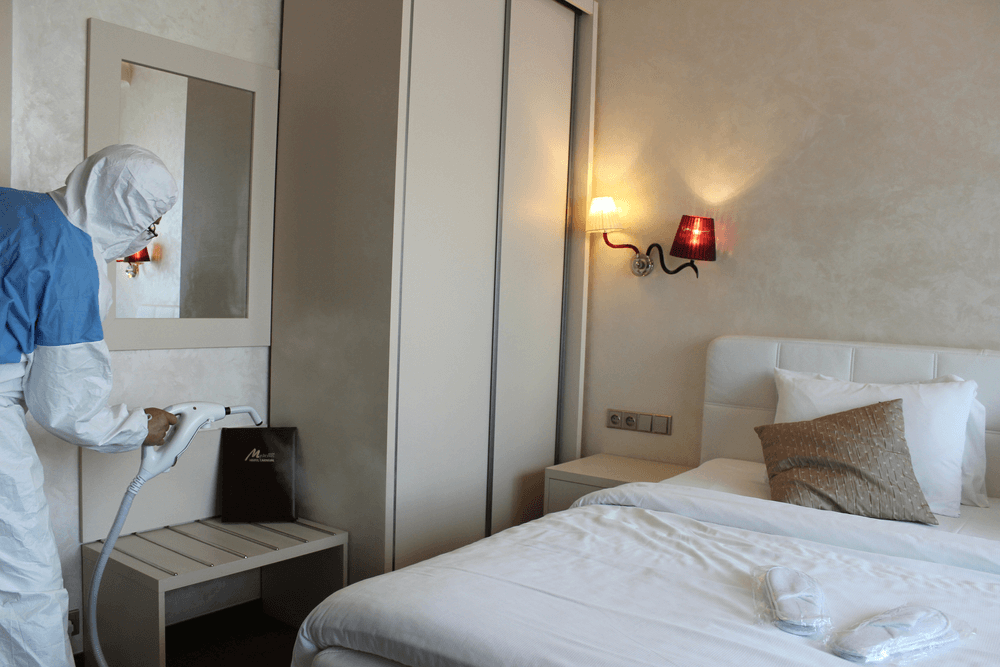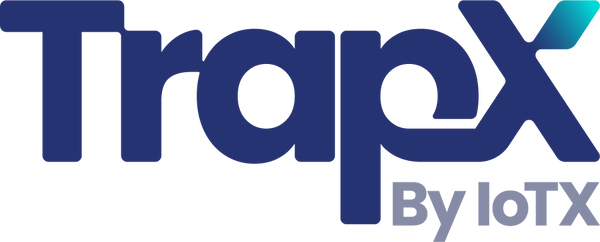Why Pest Monitoring is Better Than Reactive Pest Control for Effective Management?
Share
In today's world, where health and hygiene are paramount, the question arises: Why pest monitoring is better than reactive pest control? The answer lies in the proactive strategies that pest monitoring offers, ensuring better outcomes and sustainable solutions. By understanding the nuances of pest behavior and lifecycle, monitoring provides an edge over traditional reactive methods, which often address problems only after they've escalated. This approach not only saves time and resources but also contributes to a healthier and safer environment.
Moreover, as we delve deeper into the intricacies of pest management, we must recognize the role of monitoring in averting potential infestations before they become unmanageable. To further explore the advantages of pest monitoring over reactive control, it's essential to understand the underlying principles of each method.

The Proactive Nature of Pest Monitoring
Pest monitoring revolves around the consistent observation and documentation of pest activity. This method allows for early detection, which is crucial in preventing infestations from reaching critical levels. By sharing real-time data and insights, pest monitoring helps in formulating strategic interventions tailored to specific environments. For instance, implementing noise-free rodent traps can be an effective way to track and manage rodent populations without causing disturbances.
How Monitoring Saves Time and Resources
When you choose monitoring over reactive measures, you're investing in a system that prioritizes prevention. This not only reduces the frequency of pest outbreaks but also minimizes the need for extensive treatments. Consequently, both financial and environmental costs are significantly decreased. For those in the hospitality industry, understanding how to respond to pest sightings in hotels is crucial. Integrating pest monitoring systems can streamline this process, ensuring swift and efficient responses.
The Limitations of Reactive Pest Control
Reactive pest control, as the name suggests, focuses on addressing issues only when they arise. This approach often results in a cycle of recurring infestations, where pests are merely treated rather than eradicated. Without consistent monitoring, it's challenging to pinpoint the root causes of infestations, leading to temporary solutions that fail to provide lasting results.
Why Proactive Measures Triumph
When it comes to pest management, proactive measures like monitoring offer a comprehensive understanding of pest dynamics. This knowledge empowers property owners to implement targeted solutions that address the core of the problem. By focusing on prevention, monitoring helps maintain a pest-free environment, reducing the dependency on chemical treatments and fostering a more sustainable approach.
Integrated Pest Management: A Holistic Approach
Integrated Pest Management (IPM) combines the best of both worlds by incorporating monitoring techniques with traditional control methods. This approach emphasizes understanding pest behavior and ecology to develop effective management strategies. By prioritizing monitoring, IPM ensures that interventions are both timely and targeted.
Incorporating modern technology, such as the latest pest monitoring devices for hotels, further enhances the efficacy of IPM strategies. These devices offer real-time data and insights, enabling property managers to make informed decisions and maintain a pest-free environment.
Embracing a Sustainable Future
As we move towards a more environmentally conscious world, the importance of adopting sustainable pest management practices cannot be overstated. Pest monitoring aligns with this vision by reducing reliance on chemical treatments and promoting eco-friendly solutions. By prioritizing prevention and early detection, monitoring helps protect both the environment and human health.
Key Takeaways
In conclusion, the question of why pest monitoring is better than reactive pest control can be answered by considering the numerous benefits of proactive measures. Monitoring not only saves time and resources but also contributes to a healthier and safer environment. By integrating modern technology and sustainable practices, pest monitoring offers a comprehensive solution to pest management challenges.
To learn more about effective pest management strategies, explore resources like Sprague Pest Solutions, which provide valuable insights into maintaining pest-free environments.

FAQs
What is the primary benefit of pest monitoring?
The primary benefit of pest monitoring is its proactive approach, which allows for early detection and prevention of infestations, ultimately saving time and resources.
How does Integrated Pest Management differ from traditional methods?
Integrated Pest Management combines monitoring techniques with traditional control methods to develop targeted and effective pest management strategies.
Why is sustainability important in pest management?
Sustainability is crucial in pest management as it reduces reliance on chemical treatments, promotes eco-friendly solutions, and protects both the environment and human health.
